Ho Chi Minh City While studying a course on bone fracture pinning techniques at Chulalongkorn University, Thailand, Dr. Khoi was surprised by the "very strange" way the doctor in the next room operated on bones, so he pretended to go to the bathroom many times to watch and learn.
That year was 2008, Dr. Tran Chi Khoi was working at the Lower Limb Department, Ho Chi Minh City Orthopedic and Trauma Hospital, with a group of about 5 Vietnamese doctors studying a basic course on the technique of using screws and plates to fix broken bones at Chulalongkorn University, Chiang Mai City. This leading university in Thailand has many very modern operating rooms, with parts that simulate real bodies so that students can easily manipulate them.
Many countries sent doctors to Chulalongkorn for training, and each group that registered to study a technical major had to follow the rules of that class. By chance, one time when going to the toilet, Dr. Khoi discovered that the class next door was learning the technique of bone surgery without making a long incision on the skin - at that time, this was a very new bone surgery technique.
"I was used to having to make an incision of several centimeters long to expose the broken bone and place a device to fix the fracture. When I saw that people could do it through an incision of just over one centimeter, I was shocked," Dr. Khoi, now 48 years old, recalled.
He repeatedly asked to "go to the bathroom" many times to intentionally stop and watch the surgery. Seeing a strange student, the school staff came to remind Dr. Khoi to return to the correct class. He begged to be allowed to watch because "the surgery was so good but he couldn't afford to pay the tuition". He only "watched" for a session, but thanks to his 5-6 years of experience in surgery for broken bones with a wide incision to set the bone, he quickly grasped the mechanism of this minimally invasive method.
The surgeon only uses very small incisions to straighten the bone and insert the device to fix the broken bone, the operation is performed under the "guidance" of the C-Arm system (on-site X-ray machine). This is a radiation environment, so to avoid the risk of being affected by X-rays, the surgeon must wear a very heavy lead suit and stand throughout the surgery.
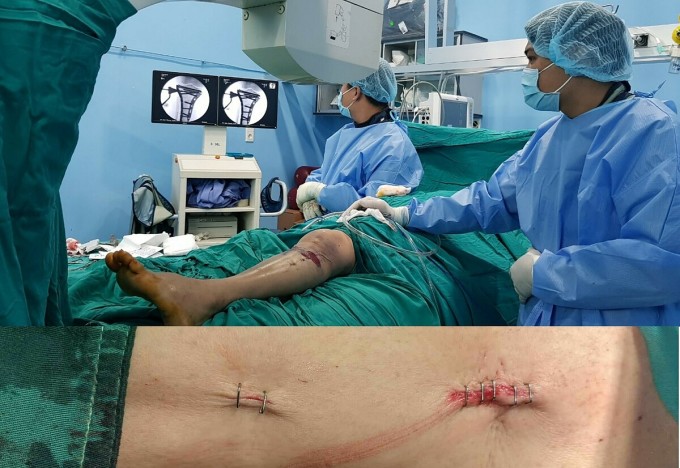
With the help of the C-Arm system (pictured above), the doctor can place instruments through very small incisions (pictured below). Photo: Provided by the doctor
Back home, he asked an acquaintance in the US to buy him books to learn more about this technique, spending more than a month's salary. He understood that human bones are like tree trunks, and the surrounding vascular system is the tree's roots, carrying blood and nutrients to nourish the bones. To date, science has not been able to create any material that has the same properties as human bones - both strong and flexible.
Large incisions often destroy the blood vessels that nourish the bone more than small incisions, so in many cases "the surgical bone is very beautiful but the bone still heals slowly or does not heal". This is also the reason why many great surgeons in the world are struggling to find a solution. They discovered that the key to the problem is to protect the blood vessels that nourish the bone as much as possible.
With minimally invasive surgery, thanks to minimal intervention in the soft tissue, the vascular system is protected, so the broken bone has a higher chance of healing. On the other hand, the hematoma formed from the broken bone is extremely valuable, helping the bone heal faster. Therefore, the advantage of minimally invasive surgery is that it involves surgical intervention but protects the hematoma, similar to conservative treatment. Many leading experts always remind the next generation of the value of plaster casts for conservative treatment to fix broken bones instead of "opening them all up".
"Having performed large-scale surgery for many years, I understand the value of making small incisions," said Dr. Khoi. He estimates that the hospital has dozens of fractures requiring surgery every day. If this technique is developed, the number of patients who will benefit will be extremely large.
That year, having just got married, many colleagues were afraid that his exposure to too much radiation would affect his ability to have children, but he "didn't think much about it, he just did it because he was so passionate, he was still young and enthusiastic". In the first surgery, Dr. Khoi wore a lead suit weighing tens of kilograms to shield and protect his body, standing in a radiation environment to perform this technique. The patient was a police officer, not yet 30 years old, who had a traffic accident and had broken 4 places in both legs and both thighs. Of the 4 broken positions, Dr. Khoi chose two places in the lower leg to implement the new technique, while the thigh area was done in the old way because he had to race against time.
As a result, all four fractures healed well. "It was spectacular," he said. Normally, people with multiple fractures will have 1-2 that do not heal when operated on in the old way, "possibly because the medicine and nutrition cannot be divided equally among the four sites."
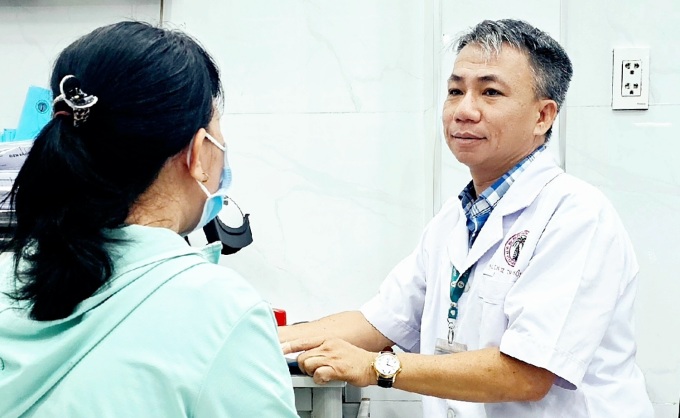
Doctor Tran Chi Khoi examines a patient. Photo: Le Phuong
In the early stages, everything was new, the surgeries lasted three times longer than normal, most of them more than two hours while open surgeries only took about 45 minutes. This meant that the entire surgical team had to work longer, the anesthesiologist had to be more stressed and pressured, and the surgical team's exposure to X-rays was longer. Accompanying him, "passionately fighting despite the risk of 'eating' the rays" in many of the complex surgeries in the beginning was a young doctor who had just graduated from university, Nguyen Anh Tuan, now the Deputy Head of the Hospital's Quality Management Department.
"Perhaps seeing that I was so dedicated, everything was for the patients and not for any other personal benefit, so everyone loved and created favorable conditions, especially the staff of the anesthesia and resuscitation surgery department," he said, adding that he was truly grateful to the first patients who accompanied him during the treatment process, helping to perfect this technique.
Successive surgeries with clearly improved results have gradually convinced people of the value of minimally invasive bone fusion surgery. Patients lose less blood, experience less pain, and recover very quickly after surgery, only staying in the hospital for about 2-3 days instead of more than a week as before. Most patients can walk well after surgery 1-2 months depending on the location of the broken bone, while previously it took about 6 months.
About two years later, when he had mastered it, Dr. Khoi's surgeries gradually shortened in time, to only 1/3 of the original time. Gradually, many hospitals across the country began to develop this technique, helping the number of patients who benefited to continuously increase. To date, it has been 15 years since he implemented this surgical technique in Vietnam.
He believes that the pioneering of bringing the technology that the world has been implementing for a long time to Vietnam is because he was "lucky enough to see it the earliest". Perhaps, teachers and seniors saw the value of this method abroad quite early, but for many objective reasons, it could not be applied in Vietnam, for example, in the past, there was no C-Arm system.
Having suffered an accident that broke her left femur about two months before her granddaughter's wedding in the US, Ms. Minh, 68, thought she would not be able to attend because "everyone who had leg surgery could only walk for half a year." After Dr. Khoi performed the surgery, she was able to walk and directly attend her granddaughter's big day. "I was very surprised, at first I thought that because I was old, it would take a long time to recover," Ms. Minh said.

Outside of work, Dr. Khoi often takes his wife and children out. Previously, many people were concerned that Dr. Khoi's exposure to too many X-rays would affect his ability to have children. Photo: Provided by the doctor
As a surgeon at the Lower Limb Department, having operated on many patients, performing many different techniques on the legs such as joint replacement, arthroscopic ligament reconstruction, leg lengthening, and repairing leg defects caused by accidents, Dr. Khoi always feels "there is something extremely attractive" with each minimally invasive bone fusion surgery. In the beginning of implementing the technique, there were times when he was really tired and felt that everything was beyond his ability, but witnessing the rapid recovery of the patient, he was even more motivated to overcome all difficulties.
There were days when the number of patients increased dramatically, with serious cases coming in continuously. He and his team stood and operated for more than 8 hours straight with heavy lead suits pressing on their shoulders. Even though the air conditioner was running loudly, they were always drenched in sweat. When they left the operating room, they realized it was already dawn. After more than 8 hours of "eating" X-rays, smelling the acrid smell of the electric cautery, inhaling disinfectant, the smell of blood, the beeping sound of the anesthesia machine, the sound of chiseling bones, surgeons like him still had to keep their minds extremely alert with a hot heart and a cool head.
In many cases, he and his colleagues accepted the challenge, racing to keep healthy legs for working-age patients, instead of amputating limbs to save their lives.
"No matter how tired you are, you must not rush or slack off for even a minute because just one mistake can cost the patient's life or the risk of lifelong disability," he said. Even when encountering medical incidents, doctors must still maintain their spirits to overcome them, carefully learn from their mistakes so that they do not repeat them, and not let their thoughts be distracted during surgery.
"Many patients ask me whether their surgery is small or big, easy or difficult. I always remind myself by answering that no surgery is small. When a knife is used on the human body, it is complicated. Doctors must try to be as careful as possible," said Dr. Khoi, adding that if there is a method that allows the patient to remain stable and recover without using a knife, that is still the best. Surgery should only be considered when conservative treatment has failed.
Le Phuong
Source link














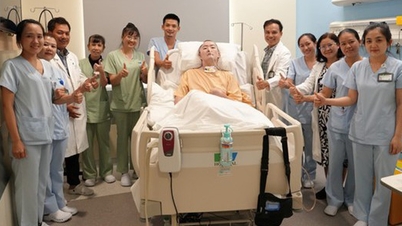























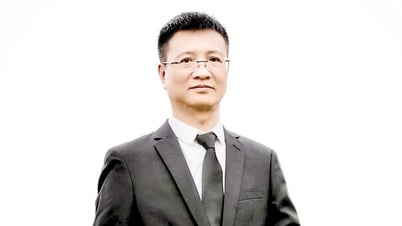

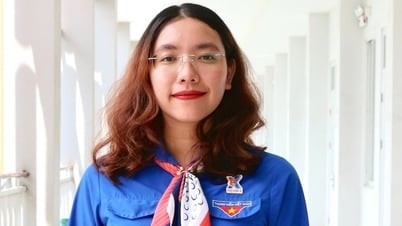

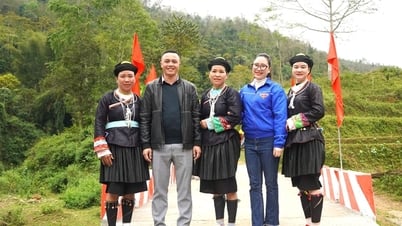

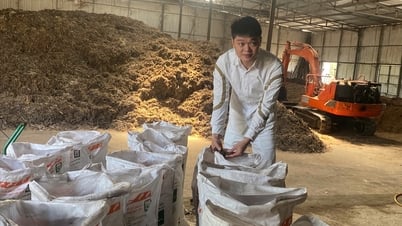



























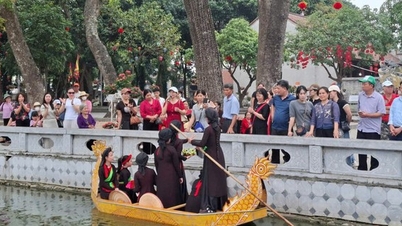
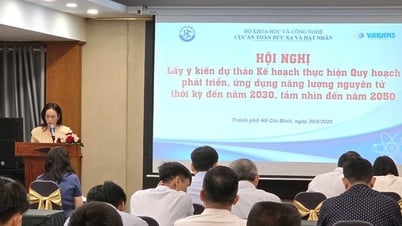
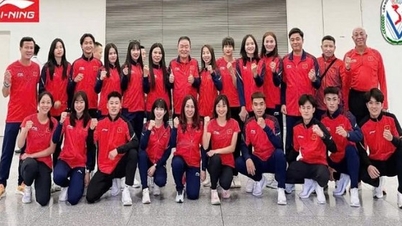


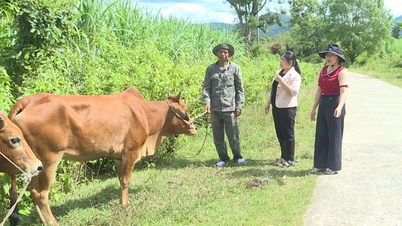






















Comment (0)